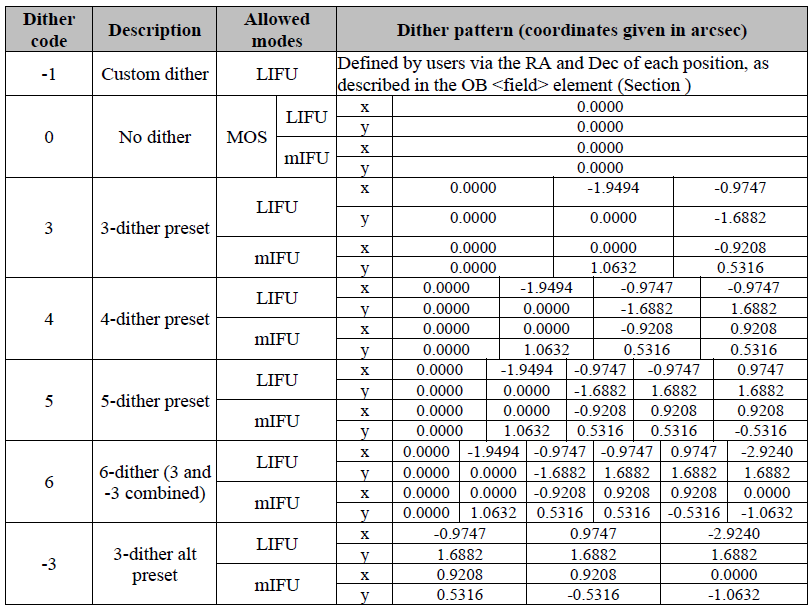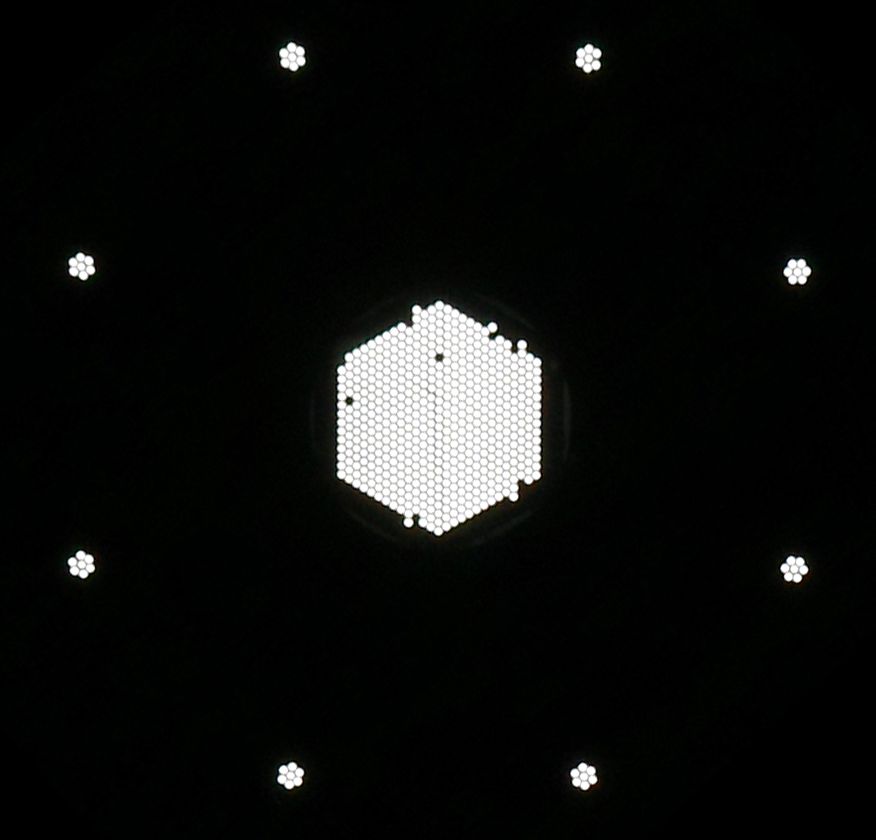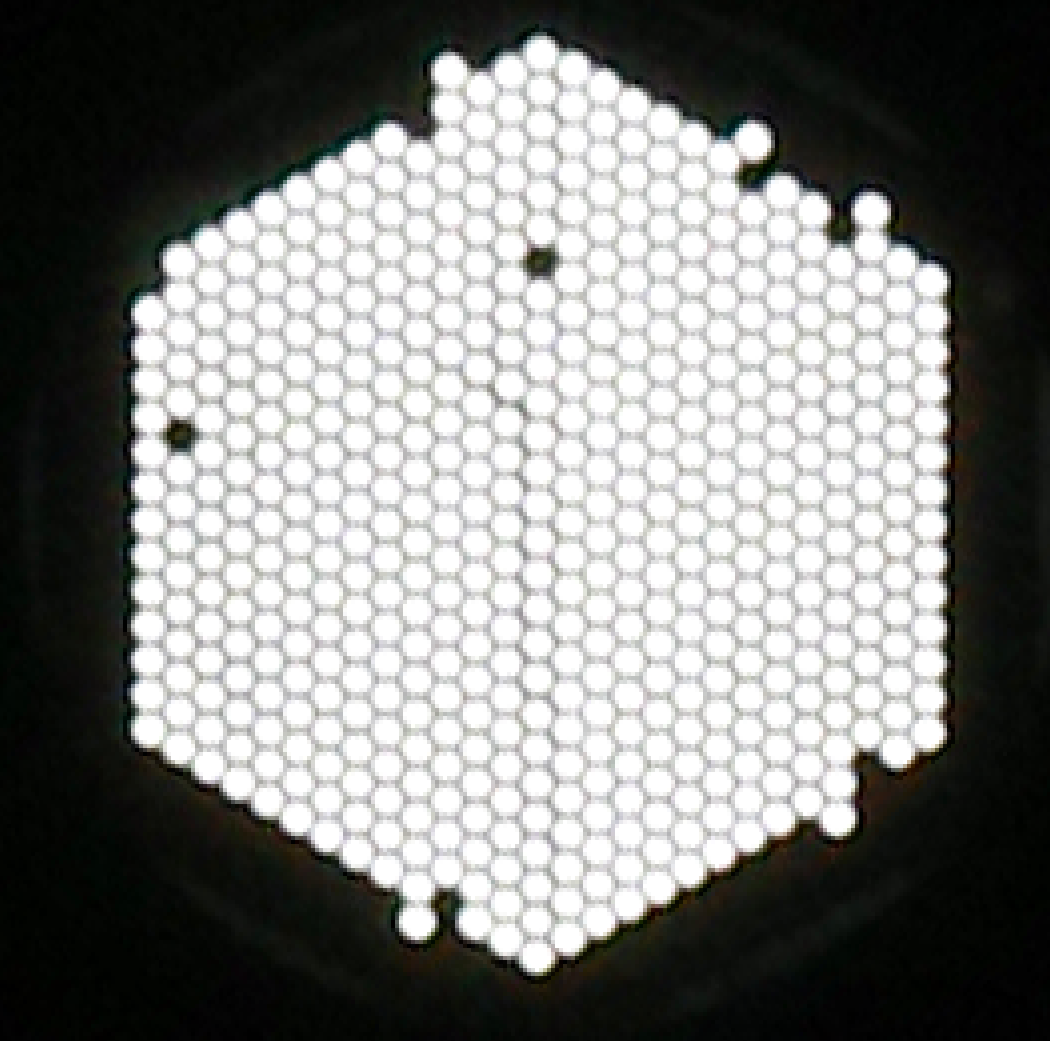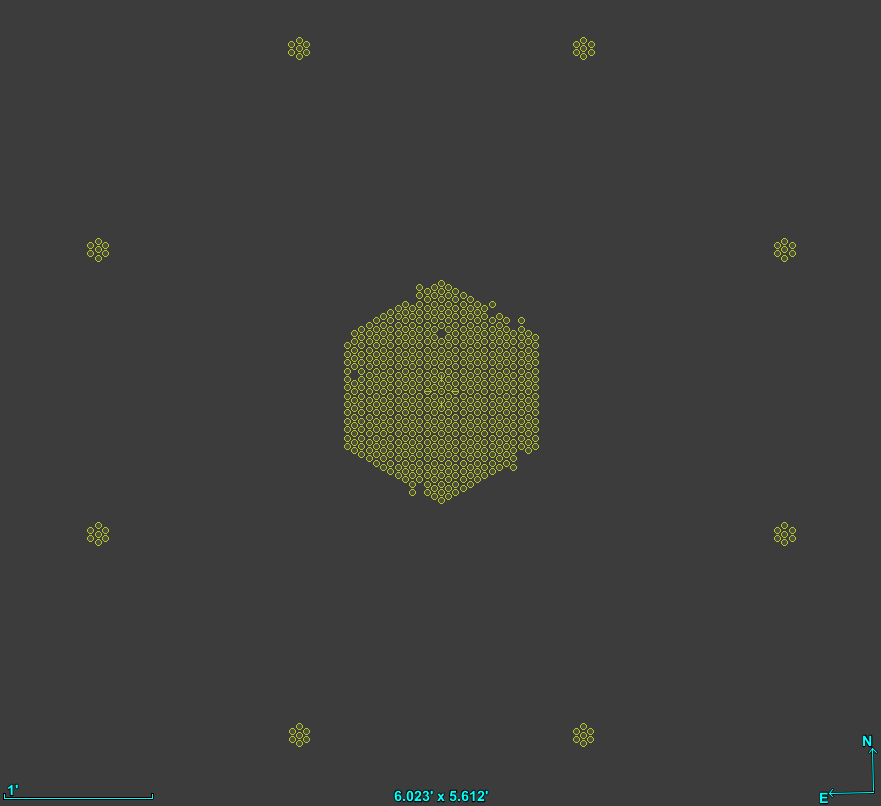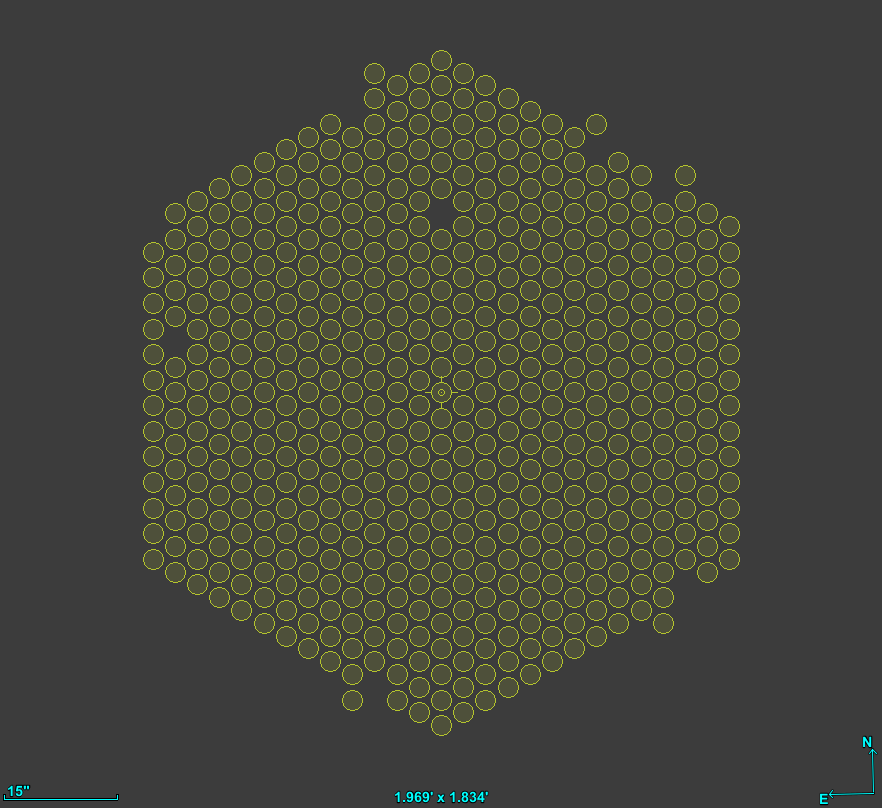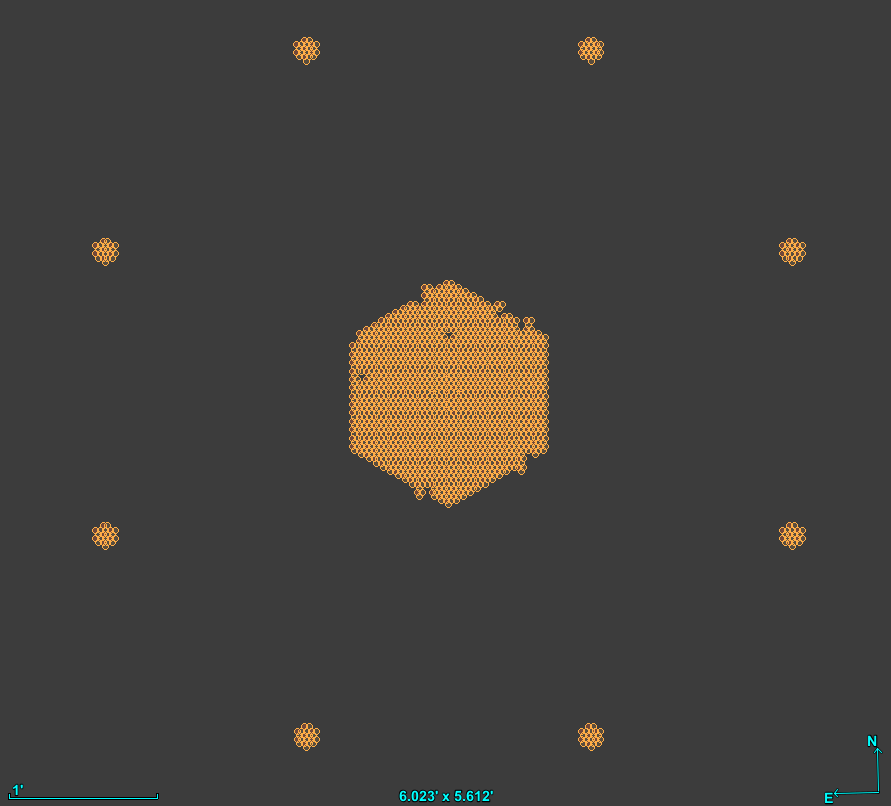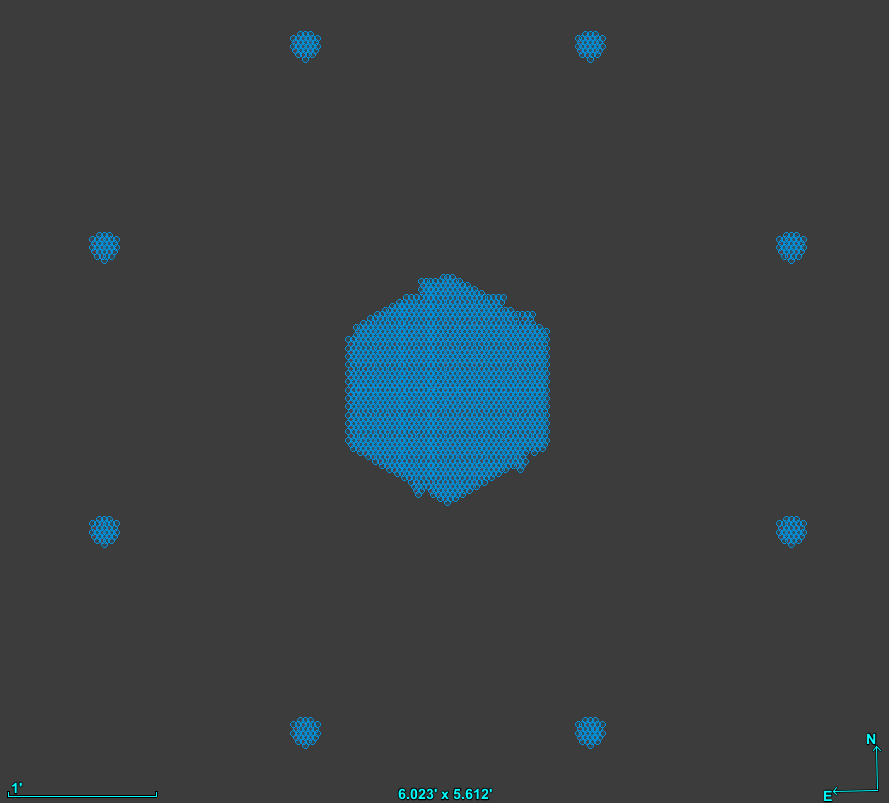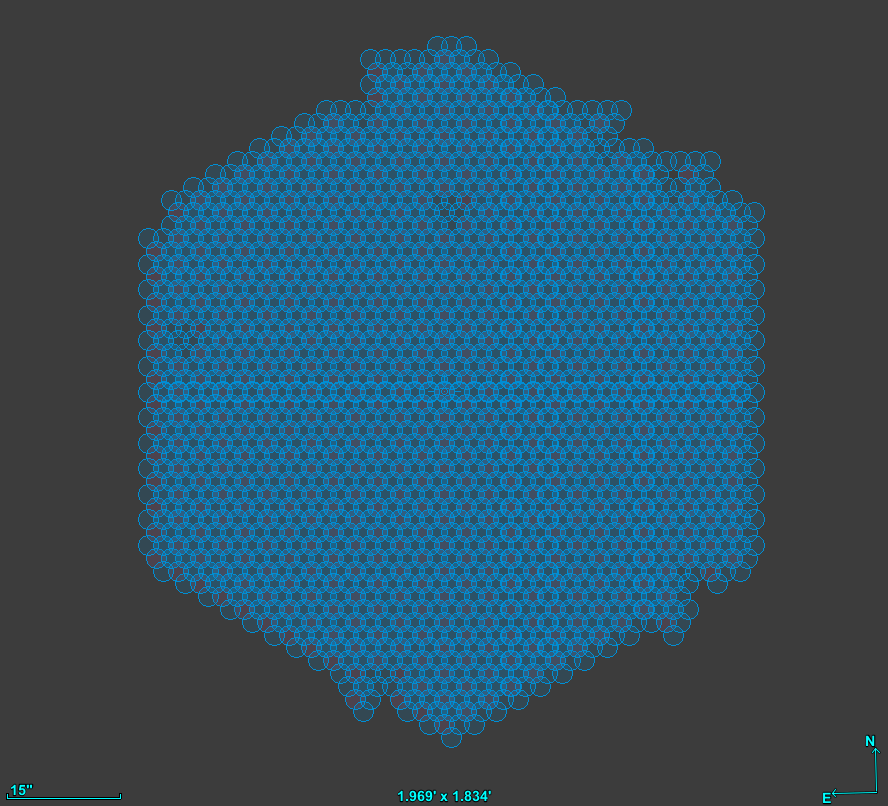WEAVE Open-Time Phase 2 - Notes for PIs (semester 23B)
Catalogue template download
Log on to WASP with the username and password provided in an email you must have received from WASP. Go to "My survey" and click on "Download template".
Mandatory catalogue columns
These are mandatory columns. They must have a value set or otherwise they will be replaced by a default value:
TARGSRVY
TARGPROG
TARGPRIO
PROGTEMP
OBSTEMP
GAIA_RA
GAIA_DEC
GAIA_EPOCH
GAIA_PMRA
GAIA_PMDEC
GAIA_PARAL
IFU_PA_REQUEST
IFU_DITHER
HA_RANGE
TAC_ID
If a value is not provided, then the LIFU workflow will assume the following defaults:
Default value TARGSRVY=WC
Default value TARGPROG=LR
Default value TARGPRIO=10.0
Default value PROGTEMP=41331
Default value OBSTEMP=NBCEC
Default value GAIA_EPOCH=2016.0
Default value GAIA_PMRA=0.0
Default value GAIA_PMDEC=0.0
Default value GAIA_PARAL=0.0
Default value IFU_PA_REQUEST=nan
Default value IFU_DITHER=3
Default value HA_RANGE=2.0
Default value TAC_ID=WS
Apart form the above, the catalogue table must also contain the columns:
TARGNAME
TARGID
TARGUSE
Only for semester 23B: any other columns are optional or not necessary to fill in for submitting the FITS target catalogue.
Column description and acceptable values
TARGSRVY
The TARGSVY for Open Time proposals will be constructed as follows:
W<S/V><YEAR><A/B><1/2>-<XXX>
Thus, for example, in the case of TARGSRVY = WS2022B1-002 the corresponding catalogue filename would be: WS2022B1-002.fits.
TARGPROG
TARGPROG is an optional column, to be filled out at the discretion of the catalogue creator. If this column includes the entry “|BW”, however, then the target is assumed to be filler (bad-weather) target. In this case, any XML generated with this target will be given an overall priority of 0.1 rather than the default priority of 1.0, significantly reducing the probability of this OB being observed unless no other OB is available in the conditions specified by the OBSTEMP of the observation.
TARGNAME, TARGID
TARGNAME is mandatory for IFU observations. This parameter is used to group IFU observations of the same target, in cases where stacks are required. This helps CPS identify cases where the same astrophysical target is observed but the OBs executed were not related.
An example would be LIFU observations of the core of M33. If a user requires 3 OBs, each with different dither positions, then the CPS could not ordinarily stack these data, because they do not share the same Central CNAME (CCNAME).
It is not always true that IFU observations with common TARGNAME will be stacked. Only common TARGNAMEs with sufficient overlap will be stacked by the CPS. However, if Contributed Data Products exist to create larger mosaics from these data, then they should use the common TARGNAME to group L1 products.
For IFU fields, this is the OB-specific descriptor of the field. An example of TARGIDs of OBs with different pontings, could be a simple numerical identifier for each OB:
• OB1: TARGNAME = “M33bulge” TARGID = “M33bulge1”
• OB2: TARGNAME = “M33bulge” TARGID = “M33bulge2”
• OB3: TARGNAME = “M33bulge” TARGID = “M33bulge3”
But for overlapping OBs, TARGID could be more descriptive:
• OB1: TARGNAME = “M33” TARGID = “M33 bulge”
• OB2: TARGNAME = “M33” TARGID = “M33 disc NE”
• OB3: TARGNAME = “M33” TARGID = “M33 disc NW”
• etc
TARGPRIO
TARGPRIO is used to provide a weight to the target for priority of observation selection for MOS targets. 1.0 is the lowest priority, 10.0 is highest priority. This corresponds to a positive weighting in Configure. The data type for TARGPRIO is float. The precision of TARGPRIO is to 1 decimal place (X.x).
For LIFU fibres within a single exposure, all have equal (and redundant) priority so this column should be filled with value 10.0.
TARGUSE
There are five uses for TARGUSE: T=target, S=sky, G=guide, C=calibration standard, R=random.
PROGTEMP
The PROGTEMP code is an integral part of describing a WEAVE target. This parameter encodes the requested instrument configuration, OB length, exposure time, spectral binning, cloning requirements and probabilistic connection between these clones. We refer registered WEAVE users to the PROGTEMP form in WASP: http://wasp.ast.cam.ac.uk/progtemp
OBSTEMP
Whilst PROGTEMP deals with “how” a target is observed, OBSTEMP deals with “when” a target is observed – namely setting the observational constraints required to optimally extract scientific information from the observation. We note that these constraints represent “worst-case” observing parameters – targets will be observed under these conditions or better. Observers should note that the probability of observing targets with highly restrictive OBSTEMP codes may be quite low. We refer registered users to the OBSTEMP form in WASP: http://wasp.ast.cam.ac.uk/obstemp
GAIA specific columns
All input targets must be on the Gaia Reference Frame. WEAVE currently accepts either Gaia DR2 or DR3 data with reference epoch as 2015.5 or 2016.0 respectively . Thus in the catalogue binary table, GAIA_DR= ‘2’ or ‘3’ (do not include ‘DR’ in the string) and GAIA_EPOCH= 2015.5 or 2016.0 respectively. These two columns must be filled regardless of whether or not the object has been detected by Gaia. We strongly urge observers to use the DR3 reference epoch for WEAVE targets.
Objects that are not detected by Gaia must have their coordinates converted onto the Gaia Reference Frame (DR2 or DR3). It is the responsibility of the observer to verify that their provided coordinates are both consistent with the ICRS.
If any Gaia information relating to parallax, proper motion and photometry in the G, BP and RP bands is available for a target then it must be included. This is because the more information the better for successful and optimal observations and spectral processing. Parallax and proper motions are particularly important for construction of the WEAVE CNAME, to ensure that successive observations (with varying separation in time) of the same target are correctly attributed to the same CNAME.
Information from Gaia is expected to be provided exactly as it is retrieved from the Gaia archive, so parameter definitions, data formats and units remain the same. Please consult the Gaia webpages to further understand their data model.
The Gaia magnitudes are currently provided on the Vega system. Please report them inthe GAIA_MAG columns as Vega. All other photometry sources must be reported on the AB system.
IFU_PA_REQUEST, IFU_DITHER
IFU_PA allows the catalogue provider to specify a rotation angle of the LIFU if required. The default value is zero. Rotation is generally used in cases where the default PA results in no viable guide stars falling within the autoguider FOV or when the rotation during an exposure is likely to exceed the angular limits of the rotator. Any dithering requested for the field is applied to the rotated LIFU frame. During the IFU observation preparation workflow, an analysis is performed on putative LIFU pointings to determine if a rotation is required and provides the optimal value IFU_PA should take. Fibres within the same LIFU pointing must have the same IFU_PA.
IFU_DITHER allows the user to specify the dithering strategy for their observations. LIFU observations may use a custom dither pattern. This should be reflected in the positions of LIFU fibres sharing common TARGNAME and TARGID within the input FITS catalogue. IFU users may alternatively request not to dither their observations, with the understanding that this will not provide full spatial coverage of their requested field. Finally, users may request the preset 3,4,5 and 6-dither patterns.
For custom dither patterns, constraints on the dither step size are imposed by the WASP to ensure that the guide star remains within the GuideCam field of view. From the perspective of IFU users, careful consideration of the dithering options should be made.
The LIFU preset patterns will be properly rotated according to the position angle of the observation.
HA_RANGE
The Hour angle range for the observations. Set this parameter to 2.0.
TAC_ID
For WEAVE Open time surveys, the reference of the submitted proposal. Example: SW2023b02.
Summary table
| Column | Description | Format | Length | Value(s) | Units | Example |
|---|---|---|---|---|---|---|
| TARGSRVY | WASP programme reference | ASCII | <=15 | WS2023B2-010 | ||
| TARGPRO | Optional description of programme | ASCII | <=40 | WS2023B2-010_001 | ||
| TARGPRIO | Target relative priority within a programme | 1-10 (LIFU: 10 only) | ||||
| TARGNAME | The target name | ASCII | <=30 | M33 | ||
| TARGID | The identifier of the target assigned for this programme | ASCII | <=30 | M33_NE | ||
| TARGUSE | Type of observation | ASCII | <=1 | T=target, S=sky, G=guide, C=calib., R=random | T | |
| PROGTEMP | Observing Programme Template | ASCII | 8 (fixed) | 41331 | ||
| OBSTEMP | Observing Constraints Template | ASCII | 5 (fixed) | FAACA | ||
| GAIA_RA | Gaia RA of target | F11.7 | 0...360 | degrees | 178.221875 | |
| GAIA_DEC | Gaia Dec of target | F11.7 | -90...90 | degrees | 44.123919 | |
| GAIA_EPOCH | Gaia Epoch of target | F6.1 | 2015.5, 2016.0 | Julian year | 2016.0 | |
| GAIA_PMRA | Gaia Proper Motion of target in RA | F11.3 | mas/yr | 12.1 | ||
| GAIA_PMDEC | Gaia Proper Motion of target in Dec | F11.3 | mas/yr | 0.01 | ||
| GAIA_PARAL | Gaia Parallax of target | F10.3 | mas | 0.002 | ||
| IFU_PA | Position Angle of IFU bundle | F11.7 | -180...180 | degrees | 106.701 | |
| IFU_DITHER | IFU dither pattern code | I2 | -3, -1, 0, 3, 4, 5, 6 | 3 | ||
| HA_RANGE | Hour angle range of observations | hour | 2.0 (=-2 HA...+2 HA) | |||
| TAC_ID | Proposal reference on submission (phase 1) | ASCII | SW2023b02 |
Further information on columns
A detailed description of every table column can be found on the WASP document "WEAVE SPA to SWG and QAG Interface COntrol Document (WEAVE-ICD-030)", pages 17-51 (local copy). And also a full summary can be found on header 1 of the FITS Catalogue Template:
Aladin footprints
| Description | LIFU FoV and sky bundles | LIFU FoV | Aladin footprint |
|---|---|---|---|
| Real view of the LIFU unit using fibre back illumination. | |||
| No dithering (Aladin view) | |||
| 3-pointing dithering (Aladin view) | |||
| 6-pointing dithering (Aladin view) |
Examples
It follows some catalogues in CSV format:
TARGSRVY,TARGPROG,TARGCAT,TARGID,TARGNAME,TARGPRIO,TARGUSE,TARGCLASS,PROGTEMP,OBSTEMP,GAIA_ID,GAIA_DR,GAIA_RA,GAIA_DEC,GAIA_EPOCH,GAIA_PMRA,GAIA_PMRA_ERR,GAIA_PMDEC,GAIA_PMDEC_ERR,GAIA_PARAL,GAIA_PARAL_ERR,HEALPIX,IFU_SPAXEL,IFU_PA,IFU_DITHER,HA_RANGE,TAC_ID
WS2023A1-002,supernova,WS2023A1-002.fits,sn2017ein_north,sn2017ein,10.0,T,GALAXY,41331,JAFDC,,3,178.221875,44.123919,2016.0,0.0,nan,0.0,nan,0.0,nan,1474334355452,,106.7010178,3,2.8,
Further assistance
We can provide a pre-validation of a target catalogue previous to the upload to WASP, please email:
weave_open_time_support@ing.iac.es

